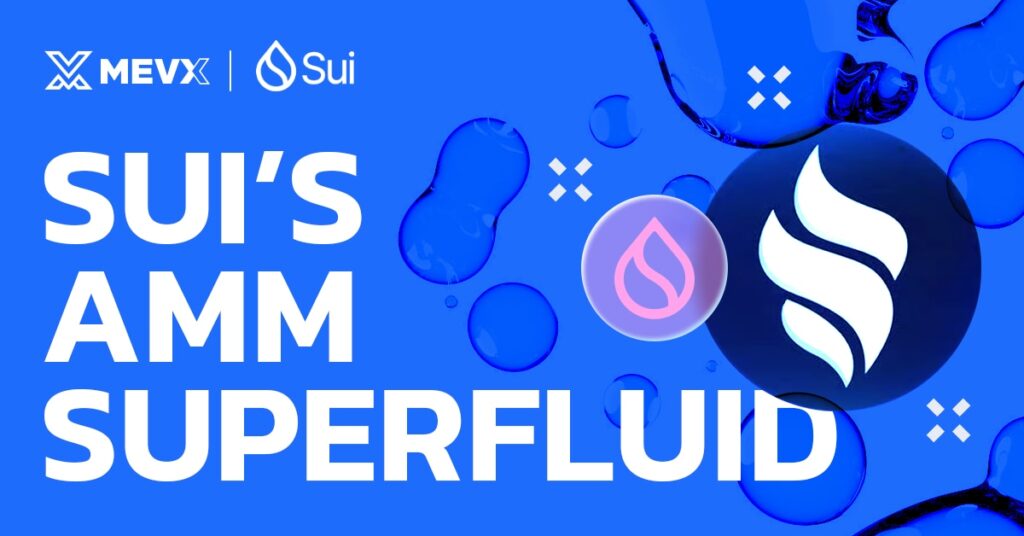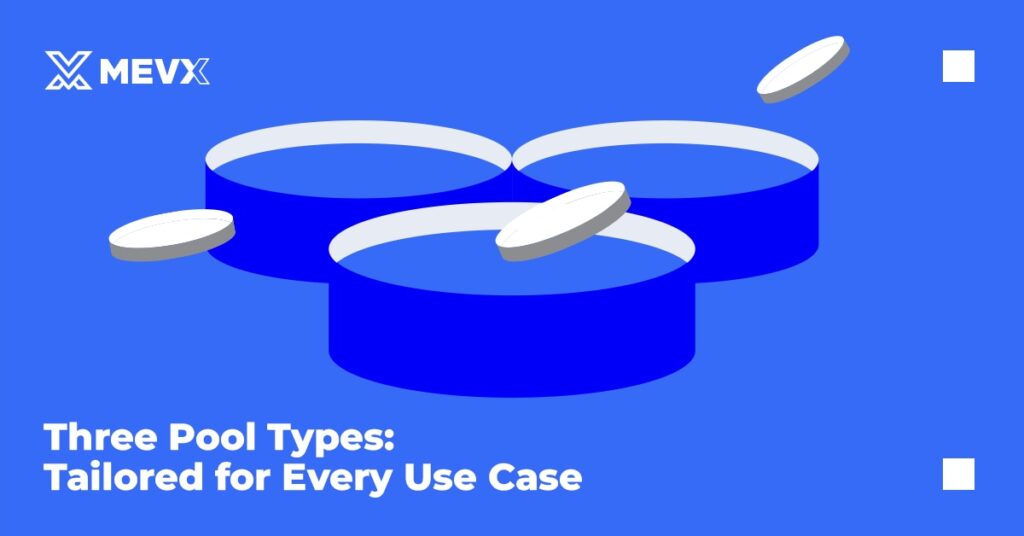In the world of decentralized finance, automated market makers (AMMs) have been the engine behind billions of dollars in trading volume. But the standard AMM model—while powerful—isn’t perfect. A large portion of capital in liquidity pools often sits idle, unused, unless a swap takes place. In 2025, Sui is changing that with its new Superfluid AMM architecture, known as STEAMM.

STEAMM is an acronym for Superfluid Tokenized Efficient AMM, and that is Sui’s answer to the inefficiencies of the conventional forms of liquidity models. It does not merely permit interchange of tokens but converts passive LP capital into active profitability, generating more for that input of the liquidity suppliers without negating pool performance.
Let’s explore how STEAMM works and why it could redefine the way we think about DeFi liquidity.
What Is STEAMM?
STEAMM is the first superfluid AMM deployed on the Sui blockchain. It integrates directly with Suileend, Sui’s native lending market, allowing idle LP assets to earn yield when not in use for swaps.
With conventional AMMs such as Uniswap V2, liquidity pool tokens just lay dormant, waiting for someone who would sell. At lethargic volume, capital is practically worthless. But STEAMM sees dormant holdings borrowed out instantly through Suileend when dormant for use for swaps—a steady input of value for LPs.
Here’s how it breaks down:
- Active tokens (in use for swaps) remain available for trading
- Idle tokens (not in use) are routed to Suileend for additional interest generation
- LPs continue earning swap fees, while also benefiting from lending yield and token rewards
It’s a multi-stream model for LP earnings, with zero additional steps for the user.
Three Pool Types: Tailored for Every Use Case

One of the most flexible features of STEAMM is its support for multiple pool types. Instead of forcing all tokens into the same pricing logiac, STEAMM allows developers to choose from three different models:
1. Constant Product (CPMM)
The classic x*y=k model, familiar from Uniswap V2. Simple, battle-tested, and ideal for common trading pairs like SUI/USDC or sSUI/WETH.
2. Virtual Constant Product (vCPMM)
Similar to CPMM but introduces a “virtual reserve” to one side of the pool. This allows tokens to bootstrap liquidity even if one side (like a newly launched token) doesn’t yet have deep markets.
Great for:
- New token launches
- Bootstrapping TVL with only one side of capital
- Smaller altcoin pools
3. Oracle Market Maker (OMM)
Designed for stable pairs and low-volatility assets, this model uses an external oracle price feed (e.g. Pyth) plus a dynamic liquidity adjustment curve. This guards against price manipulation, reduces slippage, and is ideal for large trades.
Perfect for:
- sUSDC/sUSDT
- Sui-native stablecoin trading
- Treasury management pairs
Together, these models let developers fine-tune the liquidity experience—whether you’re building a DEX, yield optimizer, or lending aggregator on top of Sui.
What Makes It Superfluid?
The superfluid part of STEAMM comes from its ability to reuse idle capital. Liquidity providers don’t just earn from trading fees anymore. They also gain access to:
- Lending yield from Suileend
- Incentive rewards in tokens like sSUI or WAL
- Protocol revenue share depending on pool usage
For example, a WAI–USDC pool might show a breakdown like this:
- LP trading fees: 28%
- Lending APR: 0.5%
- Rewards in sSUI: 25%
- Rewards in WAL: 114%
All of this is tracked and visible to users—without requiring extra steps, vault deposits, or strategy toggles. Just add liquidity, and the AMM routes it optimally.
This design increases capital efficiency dramatically—exactly what DeFi protocols need in a multi-chain, yield-competitive market like 2025.
Fees and Revenue Sharing
When users trade on STEAMM, the total fee is 0.2%, split as follows:
- 80% goes to LPs
- 20% to the protocol, which can be used for treasury growth or redistributing incentives
This low, transparent fee structure makes STEAMM competitive with other AMMs, especially considering LPs earn from multiple sources—not just trading activity.
Built on Sui, Powered by Move
Because STEAMM is built natively on Sui, it benefits from all the unique features of the network:
- Object-based architecture for managing liquidity pools as on-chain assets
- Parallel execution for faster and cheaper transaction processing
- Move smart contracts that offer secure, predictable composability
Developers can interact with STEAMM using the same Move-based SDKs already supported by the Sui ecosystem. It’s open, composable, and easy to integrate into dApps, aggregators, and even GameFi projects looking to plug in economic infrastructure.
Why STEAMM Could Redefine Liquidity in 2025
DeFi users today are more demanding. LPs want better returns. Traders want lower slippage. Builders want flexibility.
STEAMM delivers on all fronts:
- More revenue for LPs through lending + incentives
- Tighter execution for traders with smart pool designs
- Modular pricing curves that fit different token types
- No compromise on swap liquidity
And because it’s built directly on Sui, it scales natively with the chain’s throughput and security.
In a year where capital is flowing across chains faster than ever, STEAMM positions Sui as a serious player—not just for swaps, but for the future of liquidity itself.
Final Thoughts
AMMs aren’t going away—but they are evolving. Sui’s Superfluid AMM, through STEAMM, shows what that next step looks like: a smarter, more efficient way to manage liquidity in DeFi.
As protocols compete for TVL and users seek more yield without more risk, STEAMM could become the standard for how liquidity is managed—not just on Sui, but across chains.
If you’re building on Sui or looking to earn on your idle tokens, now’s the time to explore what superfluid liquidity can do.
Share on Social Media:
